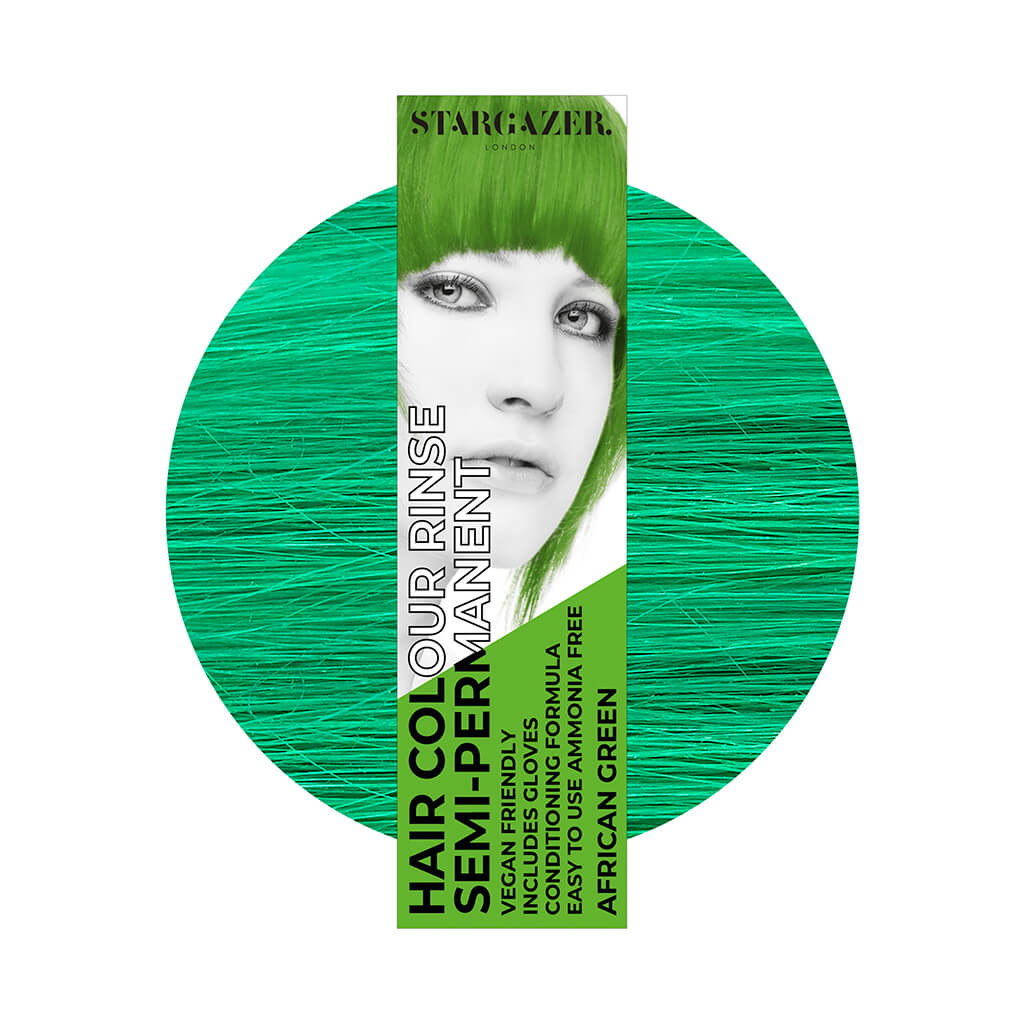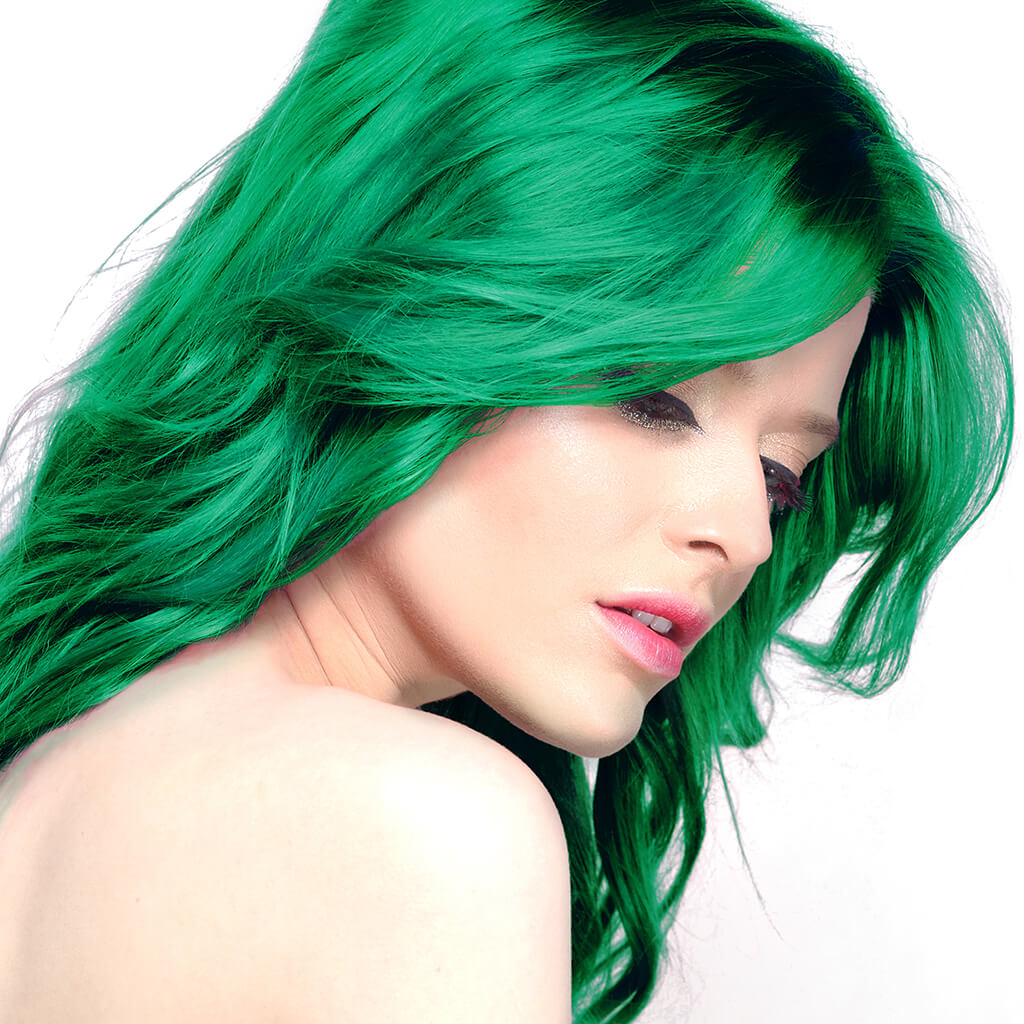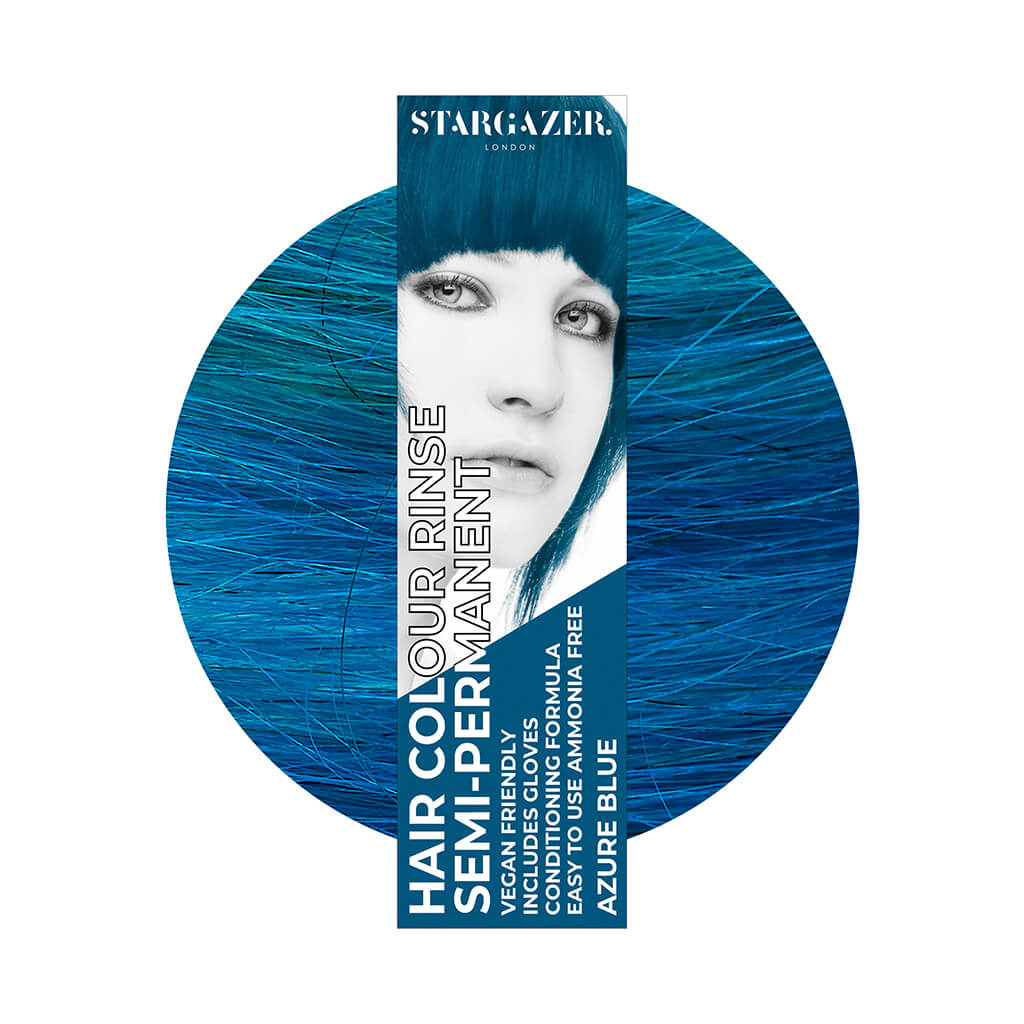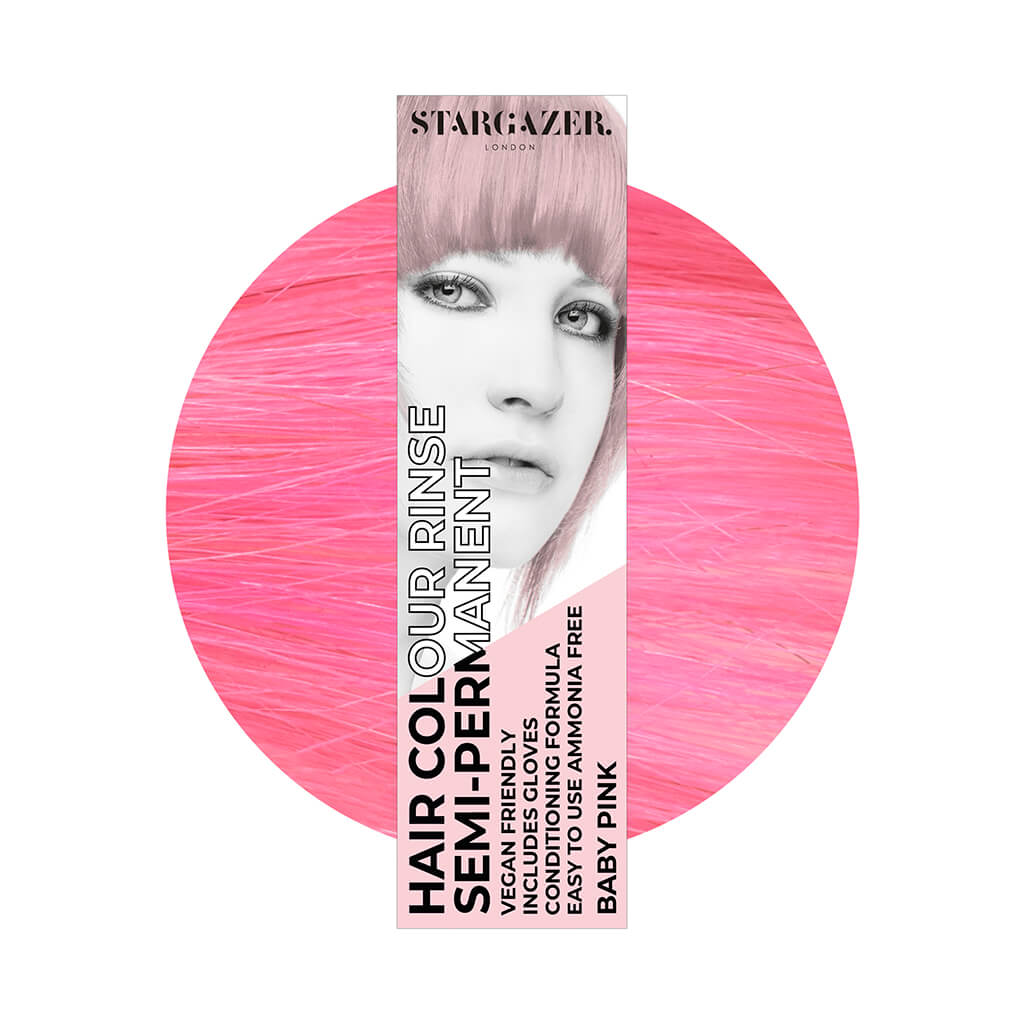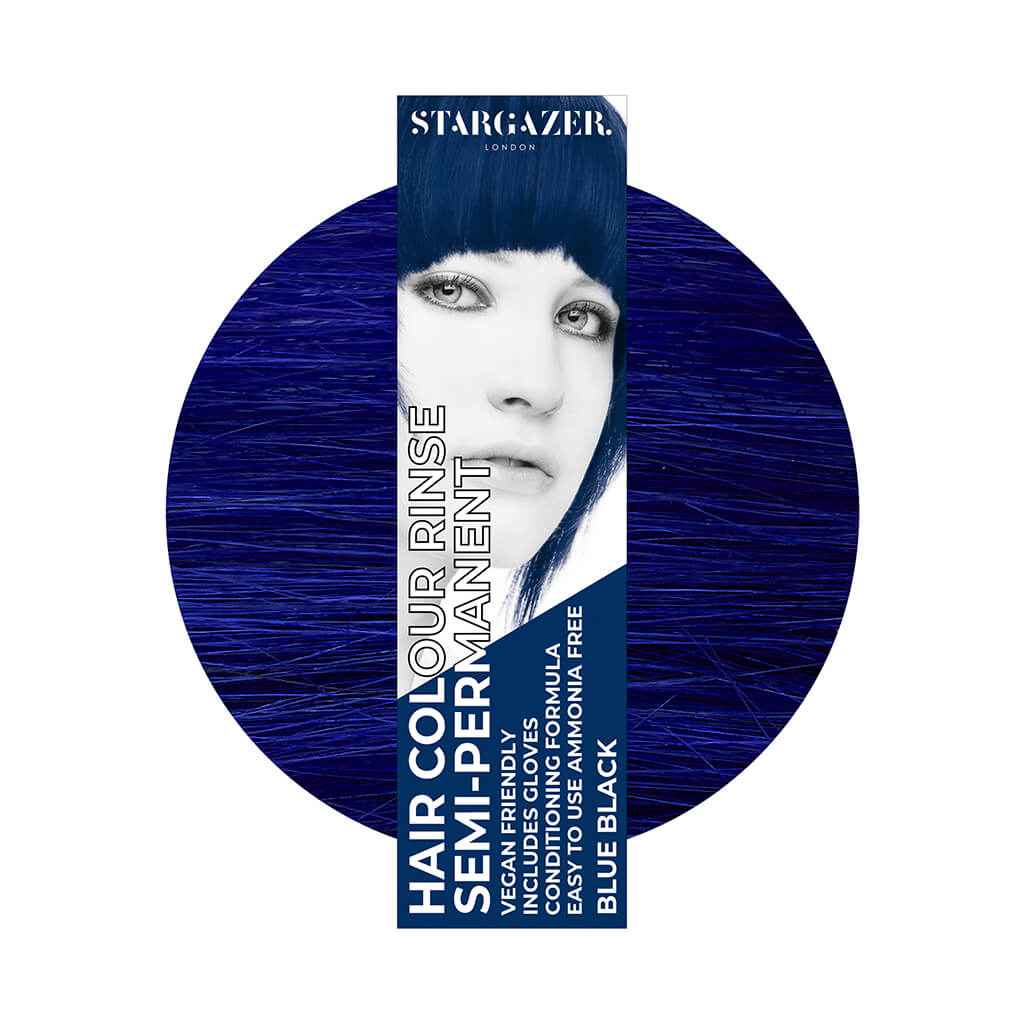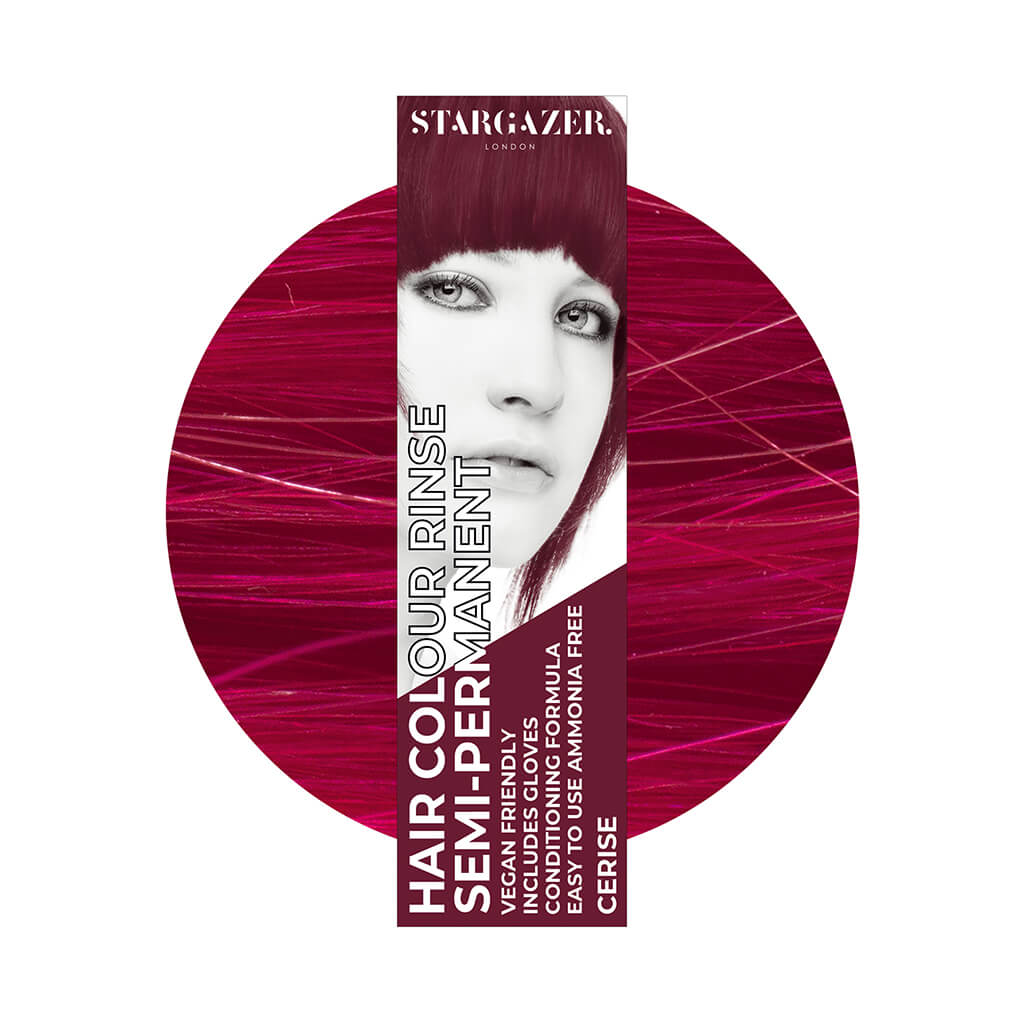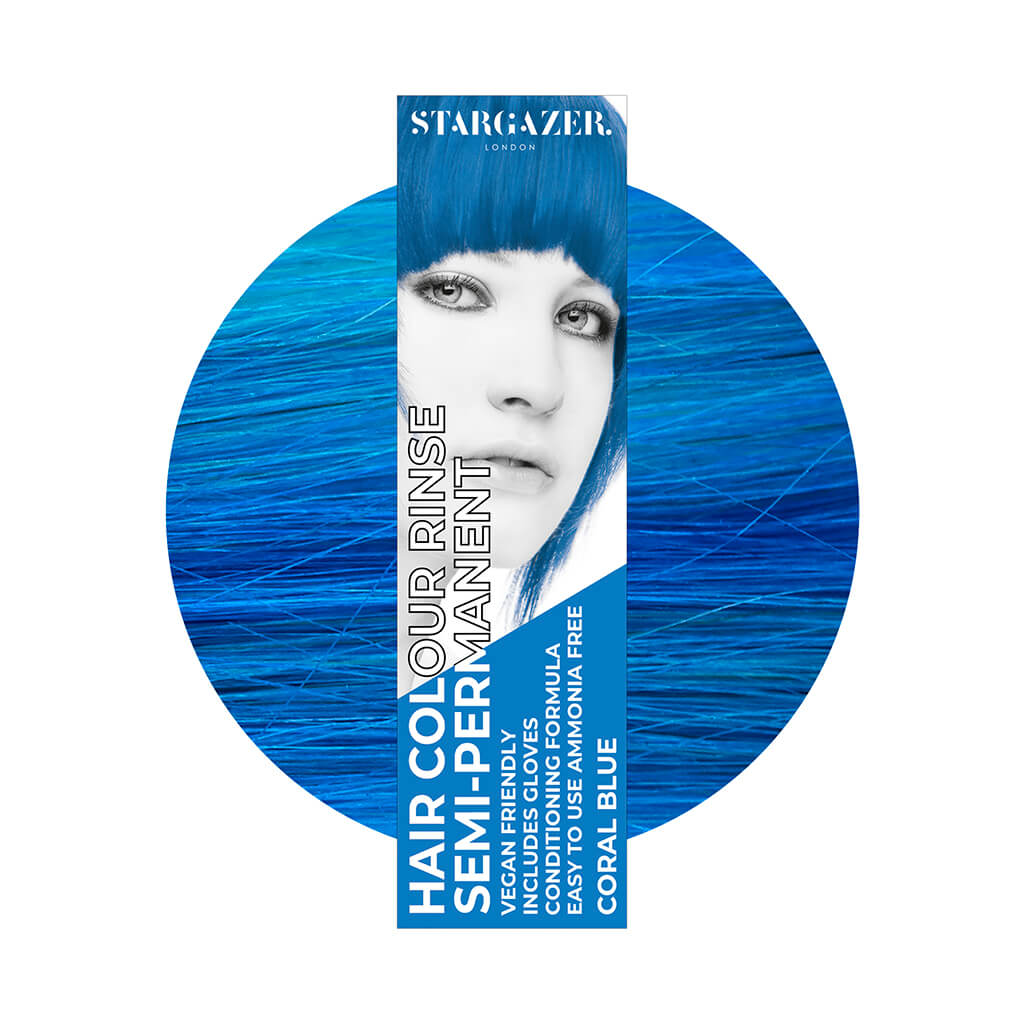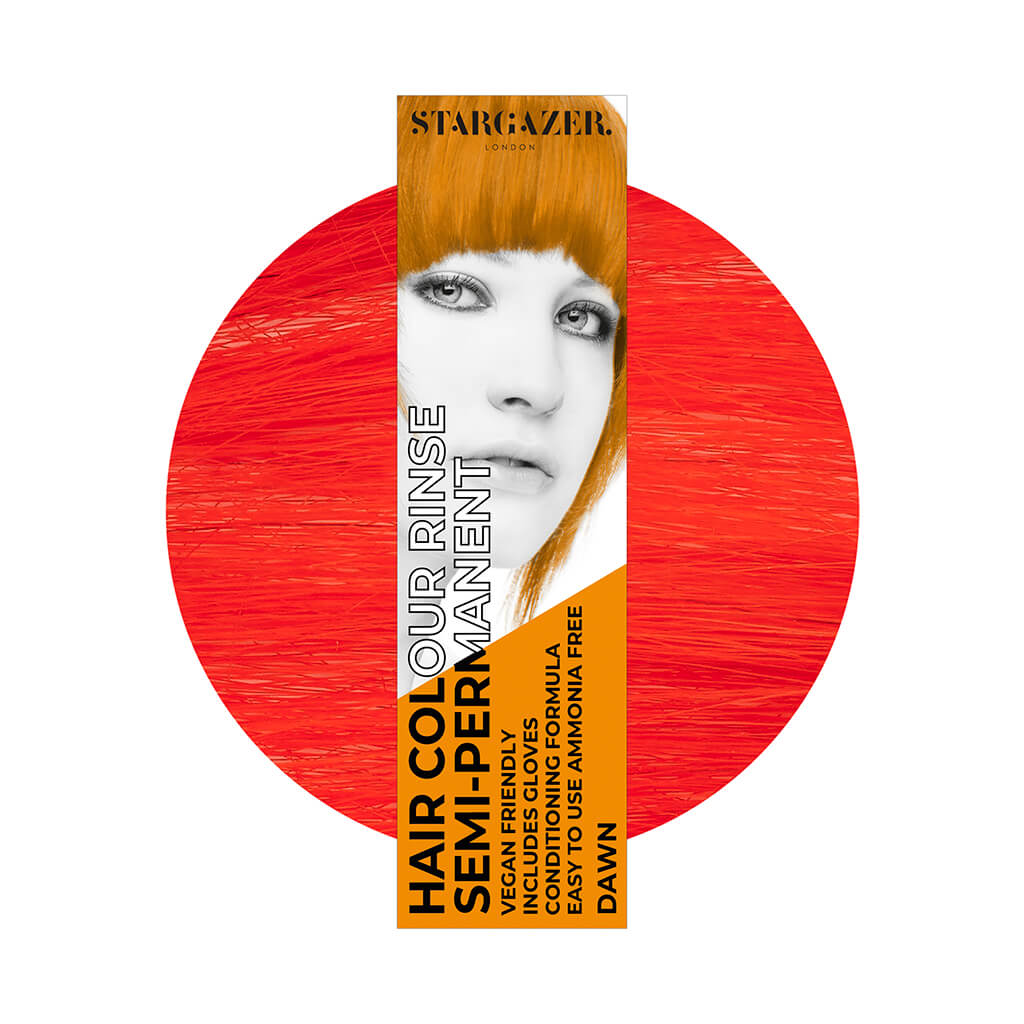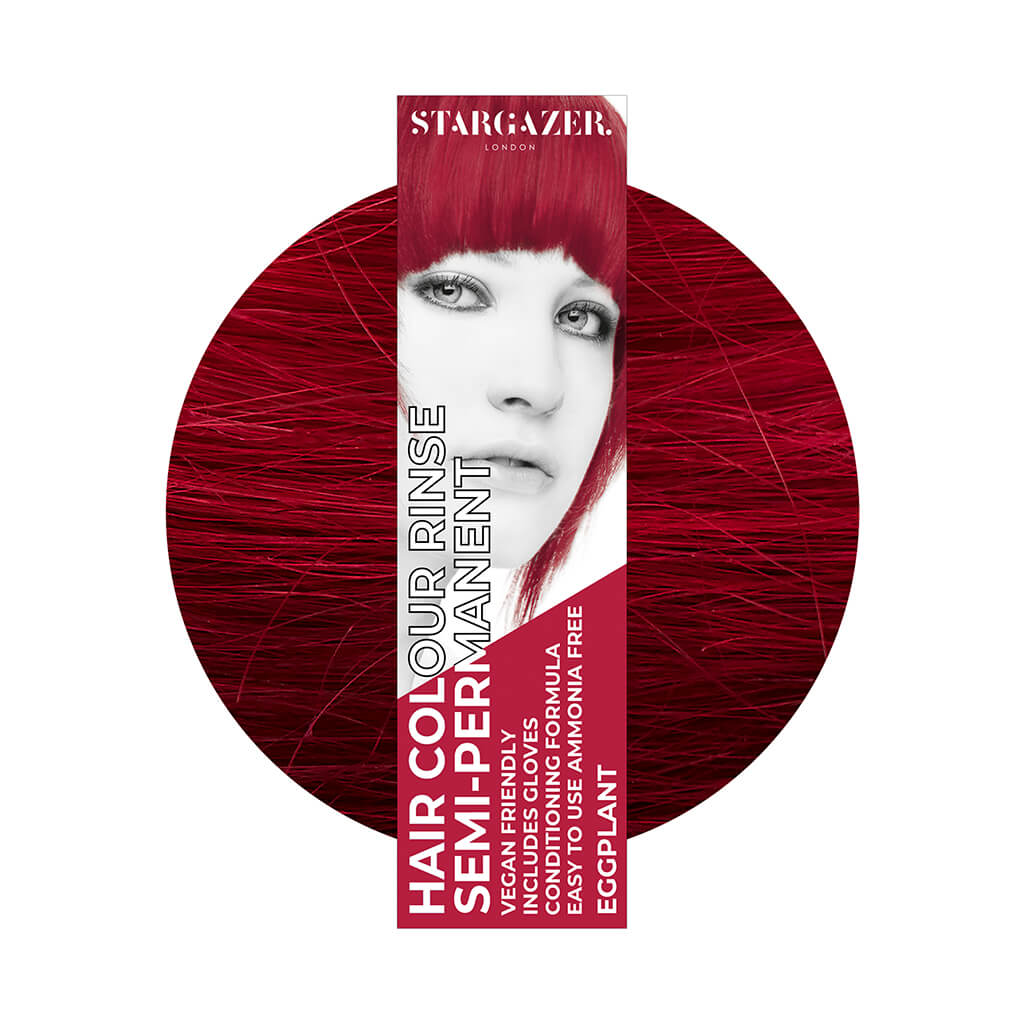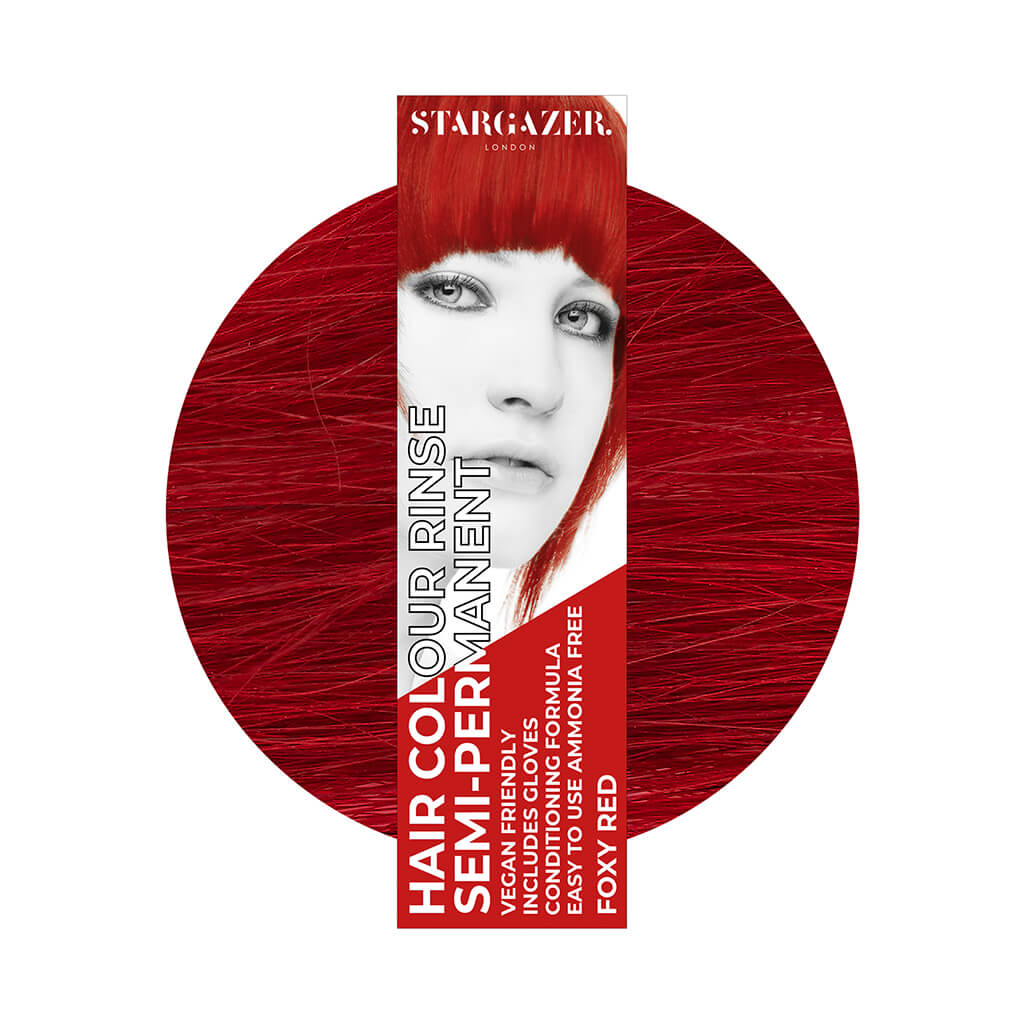Getting semi permanent hair dye on your skin can be an annoying part of at-home hair dying. Here are some tried-and-tested methods ranked by ease and effectiveness to help you clean up those colourful mishaps, along with an explanation of why each method works and the best situations to use them.
1. Makeup Remover
Makeup removers are not just for makeup; they’re excellent for dye stains too. They're gentle on the skin and can remove most dye marks effectively. Simply apply with a cotton pad, rub gently, and rinse off.
Why it works: Makeup remover is formulated to break down substances that are designed to stay on the skin, much like semi-permanent hair dyes.
Best for: Quick clean-up right after dyeing, especially around sensitive areas like the face and neck.
2. Rubbing Alcohol
For a quicker solution, dab some rubbing alcohol on a cotton ball and apply it to the dye on your skin. It’s effective at breaking down the dye quickly, but since it can be drying, follow up with a moisturiser.
Why it works: Alcohol breaks down the colour molecules, making them easier to wipe away without harsh scrubbing.
Best for: Immediate use when you notice a stain, perfect for small spots that need fast action.
3. Oil Method
Using oils like coconut, baby, or olive oil is a skin-friendly way to remove dye. Apply oil to the stained area, let it sit for a few hours or overnight if possible, and then wash off with warm water. Your skin will thank you for the extra moisturisation!
Why it works: The oil helps to loosen the dye from the skin by dissolving the oils that carry the dye pigments.
Best for: Overnight treatment, especially for stains on hands and arms that can be covered.
4. Baking Soda and Dish Soap
This combination is powerful against stubborn dye stains. Mix equal parts of baking soda and dish soap to create a paste, apply it to the stained area, scrub gently, and rinse. Use caution as it might irritate sensitive skin.
Why it works: Baking soda acts as a mild abrasive to scrub the dye away, while dish soap breaks down oils and lifts the dye from the skin.
Best for: Stubborn stains that don’t respond to gentler methods, ideal for use on less sensitive areas like the hands.
5. Petroleum Jelly
Apply petroleum jelly over the stained area and leave it overnight. Wash it off in the morning; it helps lift the dye off gently and is especially good for delicate skin.
Why it works: Petroleum jelly forms a barrier that traps the dye, allowing it to lift from the skin as the jelly is removed.
Best for: Stains that have been sitting for a while, as the jelly softens the dye overnight making it easier to remove.
6. Toothpaste
Toothpaste, especially whitening toothpaste, can serve as a mild abrasive. Apply a small amount, rub it gently on the stain, and rinse away. It’s simple and effective for small, tough spots.
Why it works: The mild abrasives in toothpaste can physically scrub the dye away, while other components may help to break down the dye chemically.
Best for: Quick fixes when you’re out of other options, great for targeting small areas like the tips of fingers.
7. Lemon Juice
The natural acidity in lemon juice can help fade dye stains. Rub a slice of lemon or apply lemon juice directly to the affected area, leave it on for a few minutes, and then rinse thoroughly. This was a method we used to recommend about 20 years ago but the other methods above are more effective.
Why it works: The acidic nature of lemon juice acts as a natural bleaching agent, helping to fade the dye.
Best for: Light stains, preferably used during the day as it requires sunlight to boost its bleaching effect.
8. Nail Polish Remover
As a last resort, nail polish remover can get the job done. It's very effective but should be used sparingly due to its harsh nature. Make sure to moisturise after using.
Why it works: Acetone in nail polish remover is a powerful solvent that can dissolve the dyes similar to how it breaks down nail polish.
Best for: Emergency situations where you need the stain gone immediately, suitable for non-sensitive skin. Do not use in most situations as it is harsh on the skin.
Conclusion
In most use cases the top two would be the best options. Start with a cotton ball for large area application and then use a cotton bud or Q-tip for hairline cleaning. Using an exfoliating skin cloth will also help accelerate the removal if you can use it in the area required.
Using these methods should help you clear up any unwanted dye on your skin, letting you focus on enjoying your new hair colour!
Check out our other articles.
Hair Colour Application Guide
Hair Colour Care Tips
How To Remove Semi Permanent Hair Dye
How to Do a Patch Test For a Semi Permanent Hair Dye





